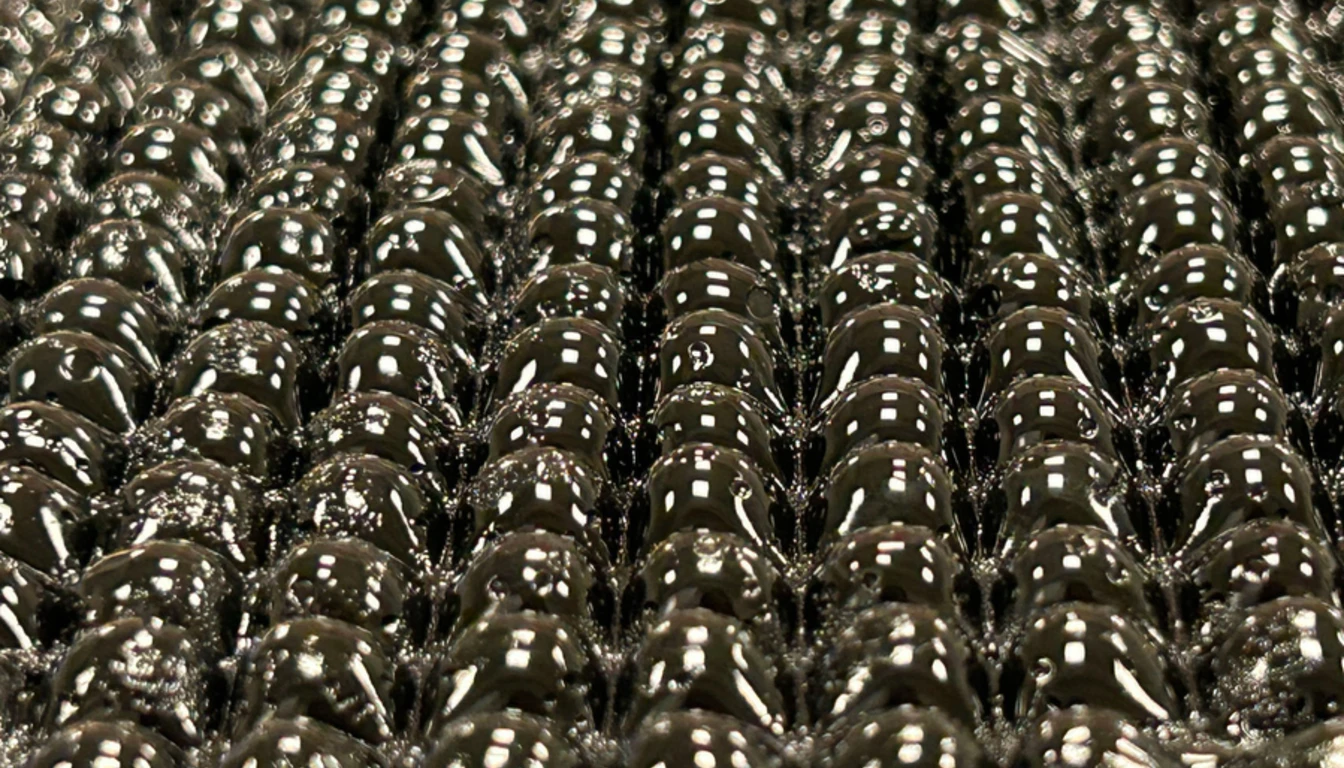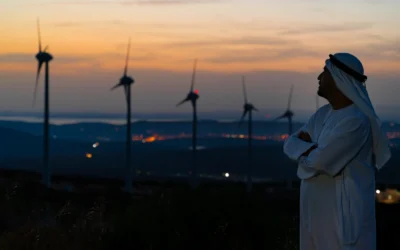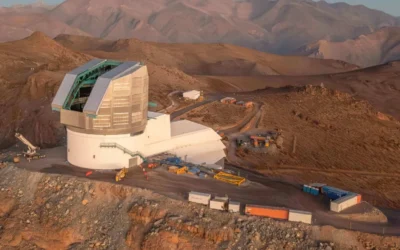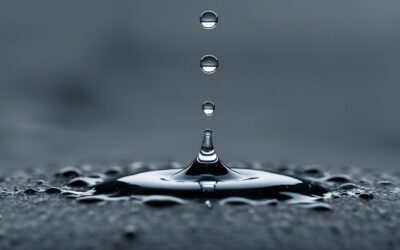MIT researchers have developed a passive, bubble wrap-like hydrogel device that captures safe drinking water from air in extreme desert conditions, producing usable amounts without electricity. The breakthrough promises scalable, affordable water solutions for arid and off-grid communities worldwide.
MIT researchers have developed an innovative high-tech “bubble wrap” device capable of capturing safe drinking water directly from the air, even in one of the driest places in North America – Death Valley. This breakthrough, detailed in a recent study published in the journal Nature Water, offers a promising step toward providing accessible, clean water to communities in arid environments worldwide.
The device consists of a superabsorbent hydrogel material enclosed between two layers of glass, resembling a window. At night, the hydrogel, structured as a series of dome-shaped bubbles to increase its surface area—absorbs water vapor from the air. During the daytime, a special cooling coating on the glass keeps its surface cool, causing the absorbed water to evaporate from the hydrogel, condense on the cooler glass, and then drip down to be collected via a tube system. This passive process requires no electricity, significantly enhancing its sustainability and suitability for resource-limited regions.
In trials conducted over a week in Death Valley, the device produced between 57 to 161.5 milliliters of water daily—enough to yield a quarter to two-thirds of a cup of clean water even under extreme dryness and heat. Researchers anticipate that in more humid environments, the device could harvest substantially greater volumes. The hydrogel’s composition includes lithium chloride, a powerful desiccant which greatly boosts water absorption even at low humidity. One persistent challenge with lithium chloride-based hydrogels had been the leakage of lithium salts into the collected water, potentially rendering it unsafe for consumption. The team overcame this by incorporating glycerol as a salt stabilizer, reducing lithium leakage to concentrations well below the US Geological Survey’s safety limits for groundwater.
While a single panel does not produce sufficient water to meet the needs of an entire household, the device’s compact, vertical design allows multiple panels to be deployed in arrays. The researchers estimate that eight panels measuring about 1 by 2 meters each could supply enough water for typical household needs. Moreover, the device’s low cost relative to bottled water means it could pay for itself in under a month and maintain functionality for at least a year without complex maintenance.
Professor Xuanhe Zhao, a co-author of the study and professor of mechanical, civil, and environmental engineering at MIT, remarked in an official statement that the small footprint and passive nature of the panels open the door to scaling them up for real-world impact: “We imagine that you could one day deploy an array of these panels, and the footprint is very small because they are all vertical. Now people can build it even larger, or make it into parallel panels, to supply drinking water to people and achieve real impact.”
The development builds on prior advances in hydrogel technology, wherein researchers infused lithium chloride into polymer networks to dramatically enhance moisture capture, even under desert-like conditions. This method provides a crucial advantage over traditional water harvesting techniques by operating without external power sources, making it suitable for off-grid or energy-scarce settings.
The MIT team plans to conduct further testing in various resource-limited environments to better understand and optimise the device’s performance under different climatic conditions. As global water scarcity intensifies amid changing climate patterns, such passive, sustainable water harvesting technologies could become vital tools in addressing water insecurity worldwide.




